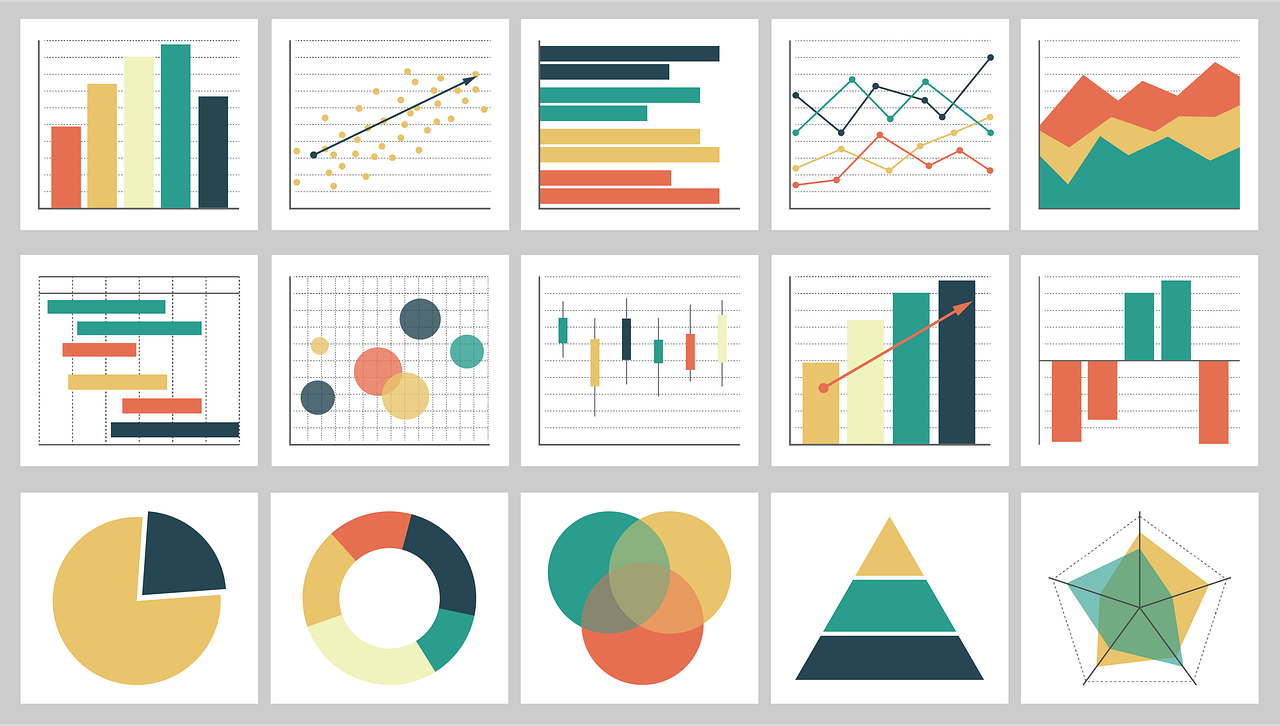Are you passionate about leveraging data-driven insights to make a positive impact on global health? Do you thrive on using cutting-edge tools to address public health challenges?If yes, then this post is for YOU!
In the fast-evolving world of public health, data analysis is a key driver for informed decision-making and policy formulation. 💡 R and Python, two powerful programming languages, have emerged as a dynamic duo for tackling complex health-related issues and generating actionable insights from vast datasets.
R for Robust Statistical Analysis:
R is an open-source language that excels in statistical computing and data visualization. It’s ideal for epidemiological studies, prevalence analysis, and generating insightful graphics. With packages like `dplyr`, `ggplot2`, and `survival`, R empowers public health researchers to explore data with precision and communicate findings effectively.
Python for Scalable Data Science:
Python, known for its versatility, is a favourite among data scientists for its machine-learning capabilities and ease of integration. 🤖 Python’s libraries like `pandas`, `scikit-learn`, and `matplotlib` enable robust data manipulation, predictive modelling, and creation of interactive visualizations. With Python, public health professionals can leverage AI-driven solutions for disease prediction and trend analysis.
R
R is a popular programming language for statistical computing and data analysis, and it can be used for various tasks in public health. Here are some common R commands and functions that may be useful in the context of public health:
1. Data Import and Manipulation:
– `read.csv()`: Read data from a CSV file.
– `read.table()`: Read data from a text file.
– `subset()`: Extract a subset of data based on conditions.
– `filter()`: Filter rows based on conditions using the `dplyr` package.
– `select()`: Select specific columns from a data frame using `dplyr`.
– `mutate()`: Create new variables based on existing ones using `dplyr`.
– `group_by()`: Group data by one or more variables using `dplyr`.
2. Descriptive Statistics:
– `summary()`: Generate summary statistics (e.g., mean, median, quartiles, min, max).
– `table()`: Create frequency tables for categorical variables.
– `hist()`: Plot a histogram to visualize the distribution of a numeric variable.
3. Data Visualization:
– `ggplot2`: A popular package for creating customized data visualizations. Includes functions like `ggplot()`, `geom_point()`, `geom_bar()`, etc.
4. Epidemiological Analysis:
– Incidence and Prevalence calculations.
– Calculation of crude and age-adjusted rates.
– Calculation of relative risks and odds ratios.
– Kaplan-Meier survival analysis using the `survival` package.
5. Spatial Analysis (GIS):
– `sf` package: For handling spatial data and performing spatial operations.
– `tmap` package: For creating thematic maps.
6. Hypothesis Testing and Regression Analysis:
– `t.test()`: Perform t-tests for comparing means.
– `chisq.test()`: Perform chi-square tests for comparing categorical variables.
– `lm()`: Fit linear regression models.
– `glm()`: Fit generalized linear models for different distributions (e.g., Poisson, binomial).
7. Time Series Analysis:
– `ts()`: Create time series objects in R.
– `acf()`: Plot autocorrelation function to identify seasonal patterns.
– `arima()`: Fit ARIMA models for time series forecasting.
8. Survival Analysis:
– `survival` package: For survival analysis, including Cox proportional hazards models.
These are just a few examples of the many functionalities R provides for public health data analysis. Make sure to install and load relevant packages (`install.packages()` and `library()`) before using them. Remember to consult official documentation and resources to explore more R commands and techniques specific to your public health analysis needs.
Python
Python is a versatile programming language with numerous libraries and packages suitable for various tasks in public health. Here are some common Python commands and libraries that may be useful in the context of public health:
1. Data Manipulation and Analysis:
– `pandas`: A powerful library for data manipulation and analysis. You can use `read_csv()` to import data from CSV files, perform filtering, grouping, and aggregation operations, and handle missing data.
– `numpy`: A library for numerical computing in Python. It provides support for working with arrays and matrices, making it useful for mathematical operations.
2. Data Visualization:
– `matplotlib`: A popular library for creating static, interactive, and publication-quality visualizations. You can use `matplotlib.pyplot` to create various types of plots, such as line plots, bar plots, histograms, scatter plots, and more.
– `seaborn`: A statistical data visualization library built on top of matplotlib. It simplifies the creation of complex visualizations like heatmaps, pair plots, and categorical plots.
3. Epidemiological Analysis:
– Calculation of incidence, prevalence, and mortality rates.
– Statistical hypothesis testing using `scipy.stats` for comparing groups and variables.
– Logistic regression and other regression models using `statsmodels` or `scikit-learn`.
4. Geospatial Analysis (GIS):
– `geopandas`: A library for working with geospatial data, enabling spatial operations and visualizations.
– `folium`: A library for creating interactive maps and visualizations.
5. Survival Analysis:
– `lifelines`: A library for survival analysis, including Kaplan-Meier estimators and Cox proportional hazards models.
6. Machine Learning and Predictive Modeling:
– `scikit-learn`: A comprehensive library for machine learning tasks such as classification, regression, clustering, and more.
– `xgboost`, `lightgbm`: Libraries for gradient boosting algorithms, often used for predictive modeling tasks in public health.
7. Time Series Analysis:
– `statsmodels`: A library for time series analysis and forecasting.
– `prophet`: A time series forecasting library developed by Facebook, which can handle seasonality and holidays.
8. Web Scraping (for collecting data from websites):
– `beautifulsoup4`: A library for parsing HTML and XML documents.
– `requests`: A library for making HTTP requests to retrieve data from web pages.
Remember to install the required libraries using `pip install` before using them. Python’s versatility and the vast number of available libraries make it an excellent choice for data analysis and research in public health. As with any analysis, it’s essential to follow best practices, handle data securely, and refer to official documentation and resources for more detailed explanations and tutorials on specific tasks.






